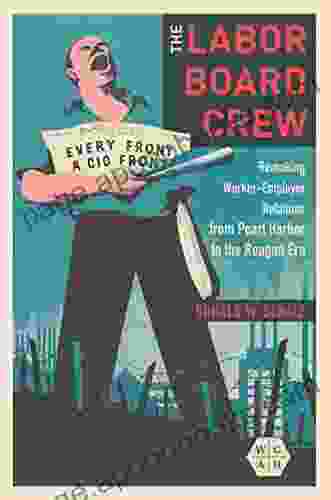Remaking Worker-Employer Relations: A Historical Journey from Pearl Harbor to the Reagan Era


In the wake of the Second World War, the United States underwent a profound transformation in its labor relations. The war had brought about a surge in industrial production, which in turn led to a dramatic increase in union membership and collective bargaining. By the end of the war, unions represented nearly a third of the American workforce, and they had achieved significant gains in wages, benefits, and working conditions.
5 out of 5
| Language | : | English |
| File size | : | 5507 KB |
| Text-to-Speech | : | Enabled |
| Screen Reader | : | Supported |
| Enhanced typesetting | : | Enabled |
| Word Wise | : | Enabled |
| Print length | : | 346 pages |
However, the postwar period also saw the rise of a new conservative movement that sought to roll back the gains made by labor unions. This movement was led by business leaders, who argued that unions were too powerful and that they were stifling economic growth. In the 1940s and 1950s, Congress passed a series of laws that restricted union activities, and the Supreme Court handed down a number of decisions that weakened unions.
As a result of these changes, union membership declined steadily in the postwar period. By the early 1980s, unions represented only about 15% of the American workforce. This decline in union power had a significant impact on worker-employer relations. Employers were now able to set wages and benefits without having to negotiate with unions, and they could more easily fire workers who were not performing to their satisfaction.
The decline of unions also led to a decrease in worker participation in decision-making. In the postwar period, many companies had established joint labor-management committees that gave workers a voice in how their companies were run. However, as unions declined in power, these committees became less common.
The Reagan era marked a watershed moment in the history of worker-employer relations. Reagan was a staunch opponent of unions, and he pursued a number of policies that weakened them even further. He appointed anti-union judges to the Supreme Court, and he supported legislation that made it more difficult for unions to organize workers.
Reagan's policies had a devastating impact on unions. Union membership declined to its lowest level in history, and unions lost much of their influence in the workplace. As a result, worker-employer relations became even more adversarial than they had been in the past.
The legacy of the Reagan era is still being felt today. Unions continue to be weak, and worker-employer relations are often characterized by conflict and mistrust. However, there are signs that this may be changing. In recent years, there has been a resurgence of interest in unions, and some workers have begun to organize new unions.
Whether or not unions can make a comeback remains to be seen. However, it is clear that the history of worker-employer relations in the United States is a complex and ever-changing one.
The book "Remaking Worker-Employer Relations: From Pearl Harbor to the Reagan Era" provides a comprehensive overview of this important topic. The book is well-written and engaging, and it is essential reading for anyone who wants to understand the history of American labor relations.
The book is divided into three parts. The first part covers the period from Pearl Harbor to the end of the Second World War. The second part covers the postwar period, from the late 1940s to the early 1980s. The third part covers the Reagan era, from 1981 to 1989.
The book is full of insights into the history of worker-employer relations. The author provides a detailed account of the rise of unions in the postwar period, and he explains the factors that led to their decline in the Reagan era. He also discusses the impact of unions on wages, benefits, and working conditions.
"Remaking Worker-Employer Relations" is a valuable resource for anyone who wants to understand the history of American labor relations. The book is well-written and engaging, and it is essential reading for anyone who wants to understand the challenges facing unions today.
5 out of 5
| Language | : | English |
| File size | : | 5507 KB |
| Text-to-Speech | : | Enabled |
| Screen Reader | : | Supported |
| Enhanced typesetting | : | Enabled |
| Word Wise | : | Enabled |
| Print length | : | 346 pages |
Do you want to contribute by writing guest posts on this blog?
Please contact us and send us a resume of previous articles that you have written.
 Book
Book Novel
Novel Page
Page Chapter
Chapter Text
Text Story
Story Genre
Genre Reader
Reader Library
Library Paperback
Paperback E-book
E-book Magazine
Magazine Newspaper
Newspaper Paragraph
Paragraph Sentence
Sentence Bookmark
Bookmark Shelf
Shelf Glossary
Glossary Bibliography
Bibliography Foreword
Foreword Preface
Preface Synopsis
Synopsis Annotation
Annotation Footnote
Footnote Manuscript
Manuscript Scroll
Scroll Codex
Codex Tome
Tome Bestseller
Bestseller Classics
Classics Library card
Library card Narrative
Narrative Biography
Biography Autobiography
Autobiography Memoir
Memoir Reference
Reference Encyclopedia
Encyclopedia Matt Richardson
Matt Richardson Seth Seong
Seth Seong Melissa A Craven
Melissa A Craven Massimo Citro Della Riva
Massimo Citro Della Riva Mark Twain
Mark Twain Mike Attisano
Mike Attisano Rose Sheifer
Rose Sheifer Geri Krotow
Geri Krotow Michael J Pagliaro
Michael J Pagliaro Mavin Fox
Mavin Fox Paul Griffiths
Paul Griffiths Mark Hodkinson
Mark Hodkinson Neema Majmudar
Neema Majmudar Nora Phoenix
Nora Phoenix Paul Pilkington
Paul Pilkington Richard Yancey
Richard Yancey Natasja Rose
Natasja Rose Mark Hayes
Mark Hayes Michael Zadoorian
Michael Zadoorian Murat Keyder
Murat Keyder
Light bulbAdvertise smarter! Our strategic ad space ensures maximum exposure. Reserve your spot today!
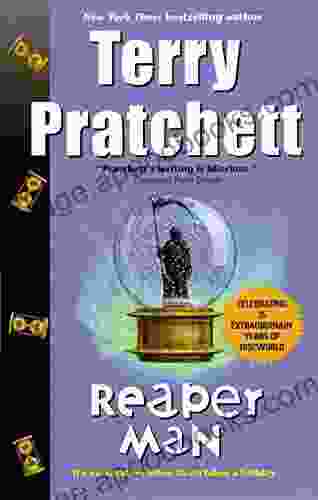
 William FaulknerEnter the Sinister and Unforgettable World of Death in Reaper Man Novel of...
William FaulknerEnter the Sinister and Unforgettable World of Death in Reaper Man Novel of...
 Chris ColemanUnravel the Supernatural Secrets of "Rest Not In Peace: Hugh De Singleton...
Chris ColemanUnravel the Supernatural Secrets of "Rest Not In Peace: Hugh De Singleton... John GreenFollow ·12.2k
John GreenFollow ·12.2k Lord ByronFollow ·13.5k
Lord ByronFollow ·13.5k Mason PowellFollow ·3.6k
Mason PowellFollow ·3.6k James HayesFollow ·12k
James HayesFollow ·12k Ernest HemingwayFollow ·7.2k
Ernest HemingwayFollow ·7.2k Wade CoxFollow ·3.9k
Wade CoxFollow ·3.9k Tom HayesFollow ·15.7k
Tom HayesFollow ·15.7k Dan BrownFollow ·15k
Dan BrownFollow ·15k
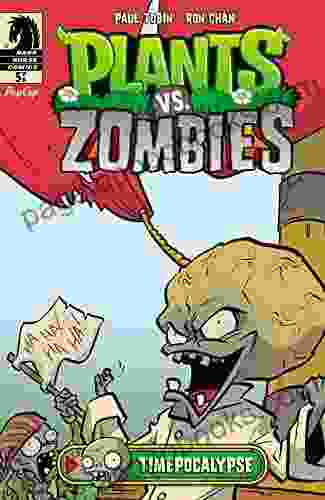
 Ben Hayes
Ben HayesJourney into the Verdant Realm of "Plants vs. Zombies:...
Immerse Yourself in an Epic Battle for...

 Edward Reed
Edward ReedUnveiling the Allure of Modish Crochet Hats Annie...
In the realm of fashion and...
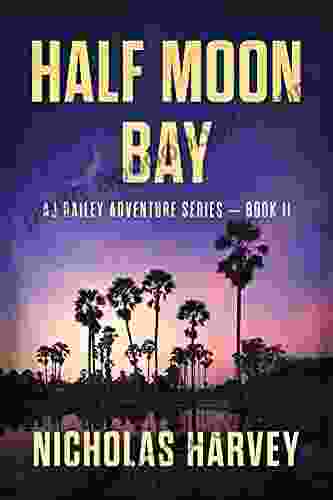
 Jaylen Mitchell
Jaylen MitchellHalf Moon Bay: An Unforgettable Adventure Awaits in Aj...
Prepare yourself...
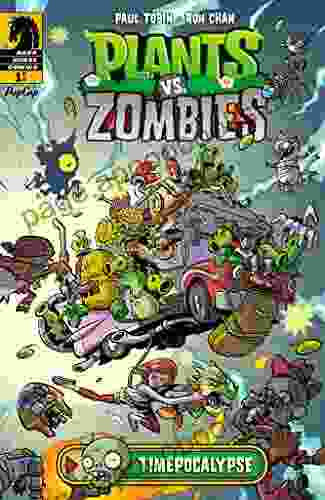
 Dan Brown
Dan BrownUnleash the Plant-Powered Apocalypse: Dive into Paul...
Prepare yourself for an epic showdown where...

 Efrain Powell
Efrain PowellStolen Summer: Nora Sommer's Enthralling Caribbean...
Escape to a World of...
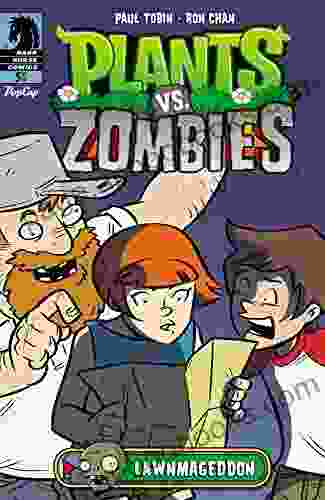
 Steven Hayes
Steven HayesPlants vs. Zombies: Lawnmageddon - The Ultimate Battle...
Prepare for the ultimate battle between plants...
5 out of 5
| Language | : | English |
| File size | : | 5507 KB |
| Text-to-Speech | : | Enabled |
| Screen Reader | : | Supported |
| Enhanced typesetting | : | Enabled |
| Word Wise | : | Enabled |
| Print length | : | 346 pages |


